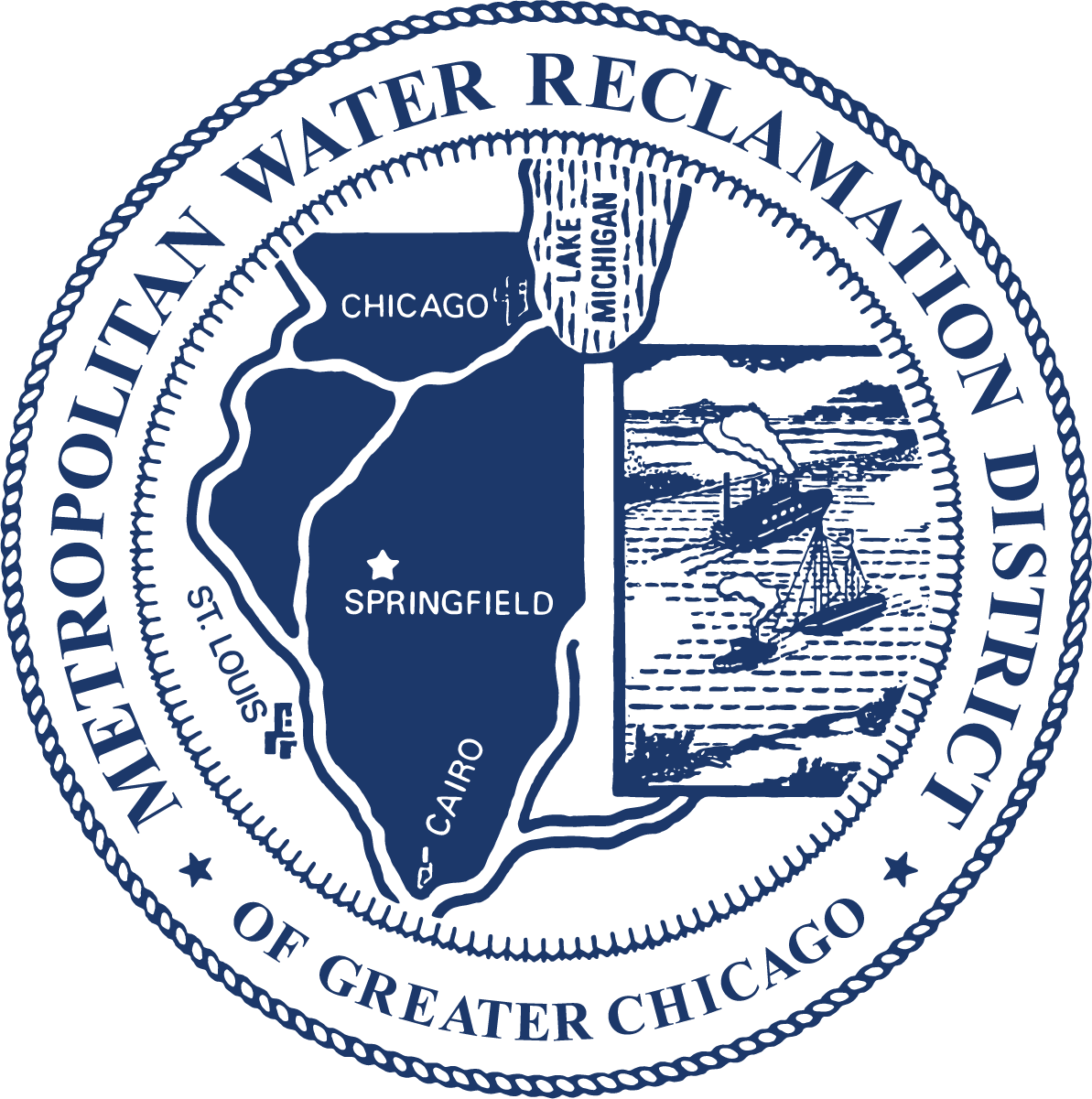Go Easy on the Salt
Too much road salt can harm our environment
Road salt can help with icy roads, but it can also harm our waterways. Road salts travel from sidewalks and roads and eventually enter our waterways where wildlife can be harmed. Using too much salt can also corrode vehicles, hurt animal paws, damage concrete and kill plants.
MWRD’s water reclamation plants work well to clean water, but they are not designed to remove dissolved salt. This means that road salt stays in our waterways long after the ice has melted.
Using the right amount of salt can make a big difference for our waterways. We have partnered with the Lower Des Plaines River Watershed Group and the Salt Smart Collaborative to protect our waterways and we need your help!

How you can help
Roadway managers, municipalities and private contractors can find the best road management practices at Salt Smart to reduce salt usage while maintaining safe roads. Homeowners can use less salt when clearing sidewalks or driveways and be mindful of how much salt they use.
How to use salt and clear a sidewalk
- Shovel first - Salt should only be used after the snow is removed and only in areas needed for safety.
- Use sparingly - More salt does not mean more melting. A 12-ounce coffee mug should be enough salt for a 20-foot driveway or 10 sidewalk squares (250 square feet).
- Spread - Distribute salt evenly, not in clumps. Clumped salt is wasted salt!
- Sweep - If salt is left over on the ground after the ice melts, you used too much! Sweep up leftover salt to keep it out of rivers and streams.
- Switch - Salt stops working if the temperature drops below 15 degrees. When it gets this cold, switch to sand.
Salt alternatives
Salt is intended to break the bond between snow and the pavement, not melt the ice. If salt is necessary, consider buying deicing products that are less harmful to the environment.
Calcium chloride and magnesium chloride are considered greener options. Calcium magnesium acetate and potassium acetate can also be used instead of salt. These options can be found at home improvement stores.
Another option is to make a brine by mixing salt with water and then cover sidewalks with it before the snow falls.
However, since no salt product is good for the environment, the best option is to just go easy on the salt!

Medication Disposal

You Can Help Prevent Flooding and Protect Water Quality

Protecting Water Quality
